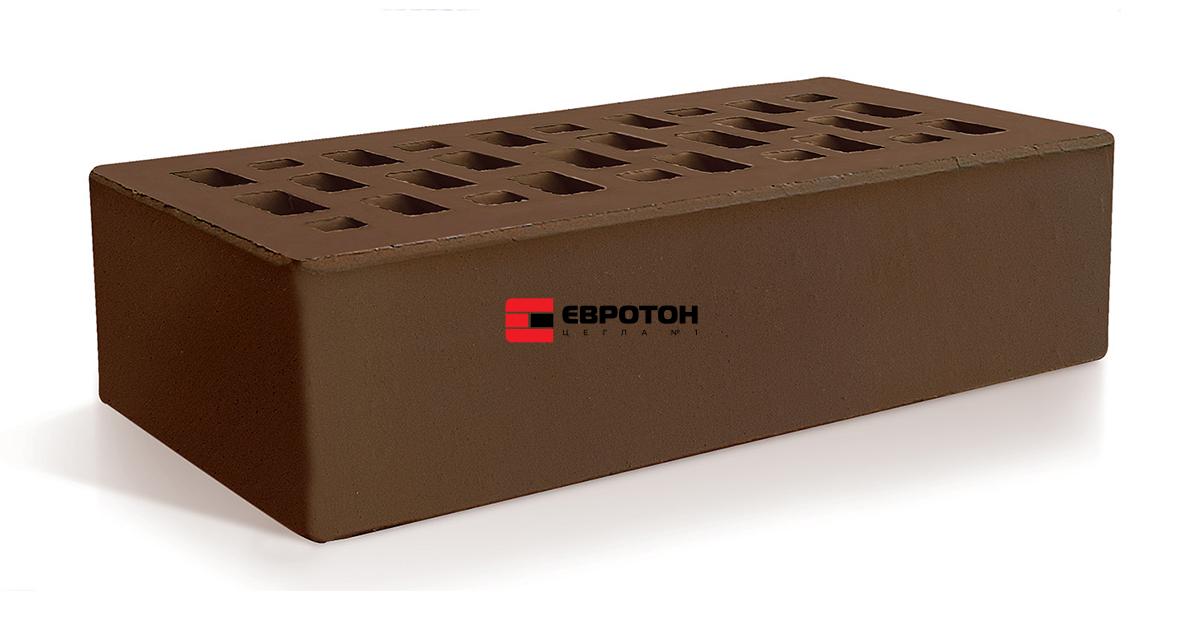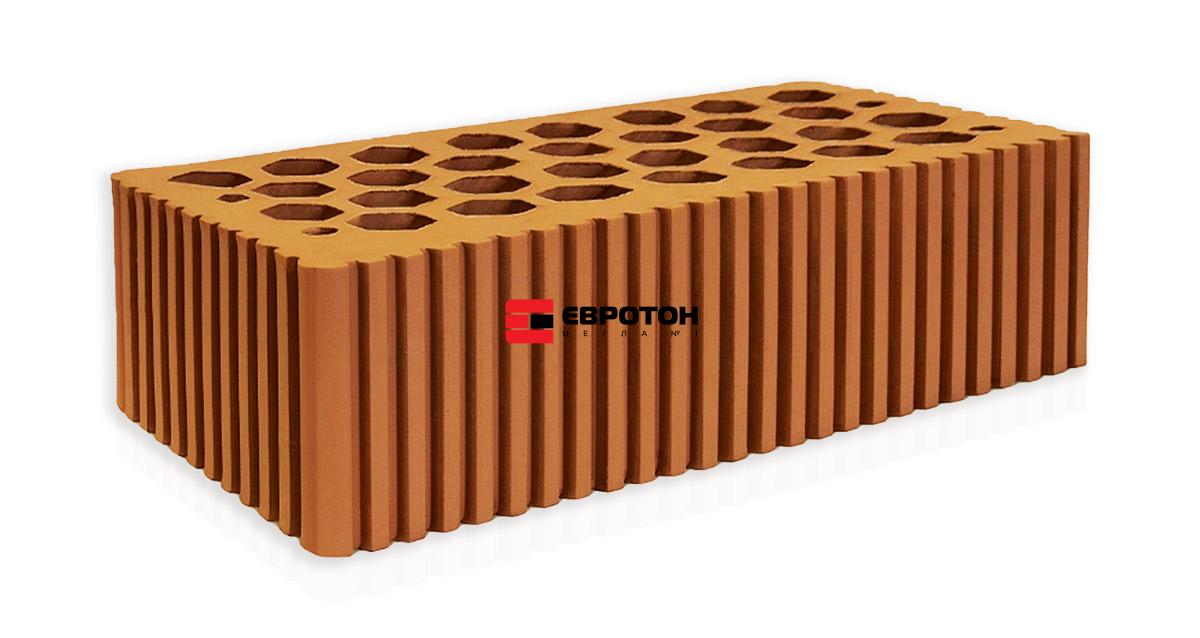The history of clinker production is about three centuries. During this time, the experience of each clinker master was passed on to descendants, who transformed clinker into a high-quality material for decorating the walls of houses. And if the first bricks were baked in the oven, as if fresh cakes were mixed with bare hands, then modern production today is high-tech enterprises with modern computerized equipment. So why is clinker brick the best solution for decorating a modern estate? The answer to this question has the technologists of the Euroton company, who shared with us several secrets of the plant for the production of material, which for many years has been rightfully considered the best solution for the facade, both among architects and among bricklayers.
Secret 1. Hardening of raw materials for future bricks
The choice of the location of the raw material deposit plays an important role in the manufacture of good clinker. The specialists of Euroton companies extract their clay in the most environmentally friendly region of the country – the Carpathian region and other regions of Ukraine (Novorayske deposit in the Donetsk region). The material of the future clinker from these areas is unique. Carpathian clay retains all the natural power of the three elements – water, earth and air. And in order to multiply this force, which makes the clinker brick strong and resistant to weathering, the clay must “mature”. On the open production sites there are special piles – places where the clay is brought in is kept for about three months. So it is additionally tempered and only then the finished product is not afraid of rain or frost.
Secret 2. Automatic and natural preparation of components
Further, high technologies and equipment are included in natural processes. The plant operates on modern German Lingl lines and the best Siemens automation. Therefore, all production processes are verified to standards and work according to a scheme well-tuned by specialists. First, the prepared clay is fed by loaders to special, so-called, box-feeder bins. In these large metal containers, large lumps of clay are transported for further crushing along equipped conveyors to the feller-knife crusher. There, the components of the future clinker undergo primary processing to such a state when it is already possible to mix clay with water. The next step is to feed the runners, under whose reversing rollers, the mass is pounded with water and compacted. So from the grates of this machine, the mixture is obtained with a given exact percentage of moisture that meets the Euroton production standards. The resulting compound from clay and water has the professional name “charge”. Further, it falls under the wheels of two more efficient roller crushers, where the last lumps of mass are ground. The finished batch is sent for maturation to the batch storage of the plant. There, within three weeks, the process of the final natural disintegration of clay into small pieces is completed. The color of the future clinker also depends on the selection of a composition from various types of clay.
Secret 3. Unique textures of clinker and special drying modes
After aging, the mixture is sent through conveyors to a mesh feeder, in which the final preparation of the charge for the formation of the future clinker takes place. From the container of the feeder, the converted clay first goes to a double-shaft mixer, after which the mixture is fed into a vacuum press, which forms a clay bar. After this unit, the resulting plate goes to the automatic clinker cutting line. It is at this stage that the unsurpassed textures of Euroton clinker are formed. Design, shape, fixtures and equipment for drawing – all this was made according to a special order of the plant and is one of a kind. The formed textured bricks are loaded using an elevator into drying cars, which are sent to the dryer through a special platform. It should be emphasized about the latter that it is a modern equipment, automated and controlled by a computer. Its inner chamber consists of several channels, in each of which the Euroton specialists have invented their respective temperature and residence time of the formed product. On average, a batch of clinker is in the oven dryer for up to 4 days. Each brick loses extra grams of moisture. Every gram counts! After the process in the dryer ends, the next stage of preparation begins – final drying and firing. They take place within 3 days in a special tunnel oven.
Secret 4. Final Soak
After firing, clinker bricks go through another of the most important production paths. This is the final soaking of the finished product. This technology in Ukraine is supported by the Euroton company. Particularly this additional exposure in water increases the quality and aesthetic indicators of clinker at times.
Secret 5. Packaging
The brick made according to European standards is packed in a tetrapack. Thanks to this and a special seal on the clinker, the products are reliably stored from breakages and cracks during further transportation to shopping centers and construction sites. It is important to note that it is not a secret for anyone that the products that are manufactured according to perfect technology to the smallest detail on modern equipment have high quality indicators. Clinker from Euroton has many awards, environmental friendliness and safety are confirmed by Ukrainian and European certificates. Therefore, the advantages of clinker over other finishing materials are not in doubt among most experienced architects and builders, who recommend Euroton bricks to their discerning clients. First of all, the main advantages of clinker are:
- environmental friendliness – thanks only to natural components of the material
- comfort – low thermal conductivity and high sound insulation
- cost-effectiveness – the facade with clinker does not require repair for many years
- stylishness – an elite and sophisticated look of the house
- profitability – a house finished with clinker has a higher market value
These are the qualities of clinker that make it the best solution for the facade of a good estate. If in the 19th century the great thinker Goethe said that architecture is silent music, today the future owner decides what kind of music the walls of his house will sound like. You only need to hear the wonderful ringing of real clinker once to fall in love with these notes forever.





